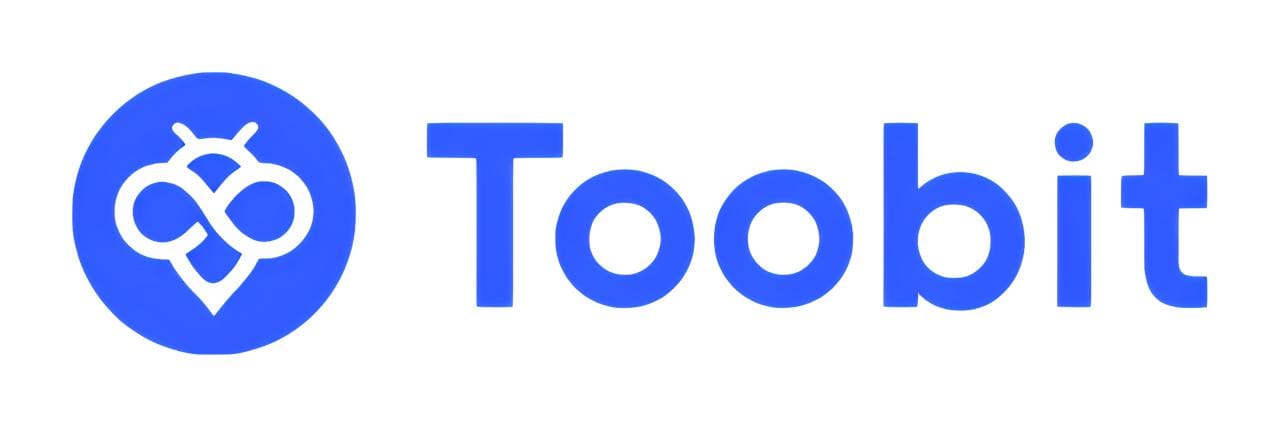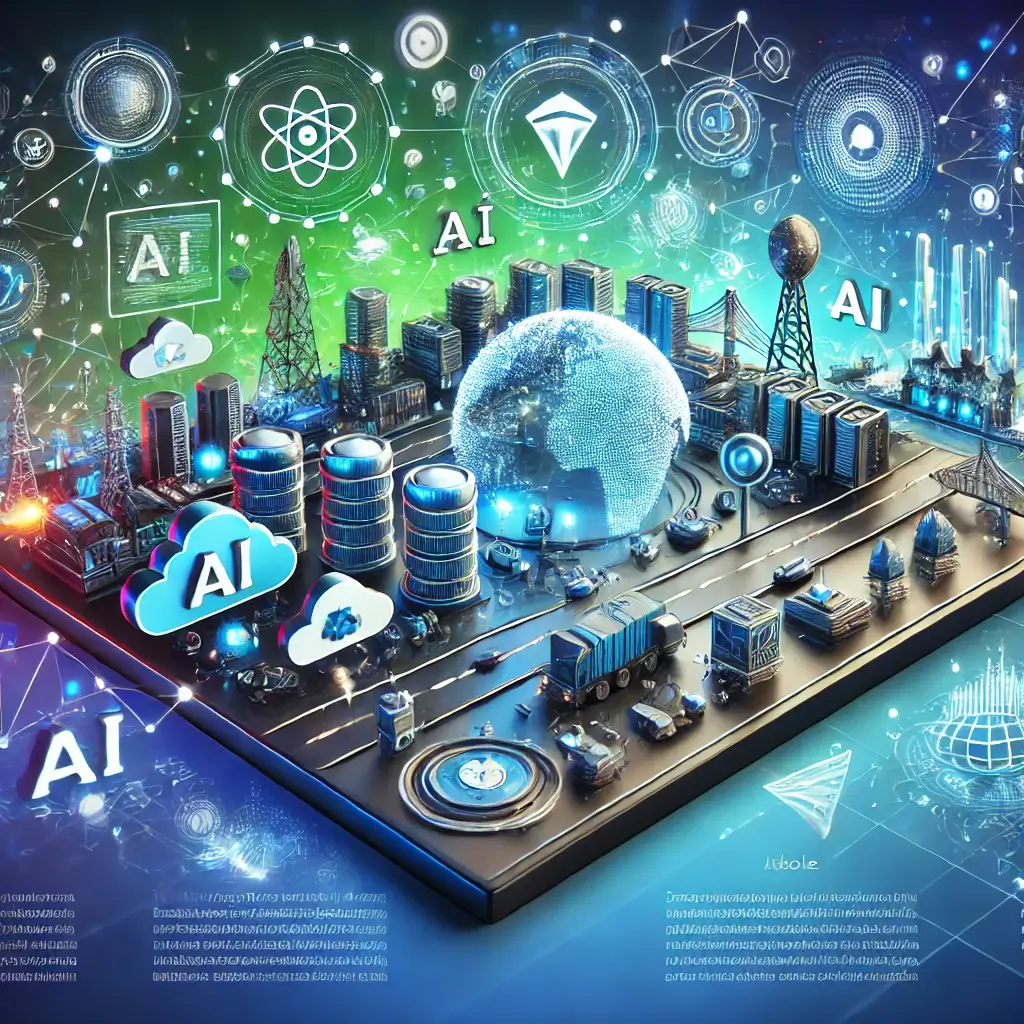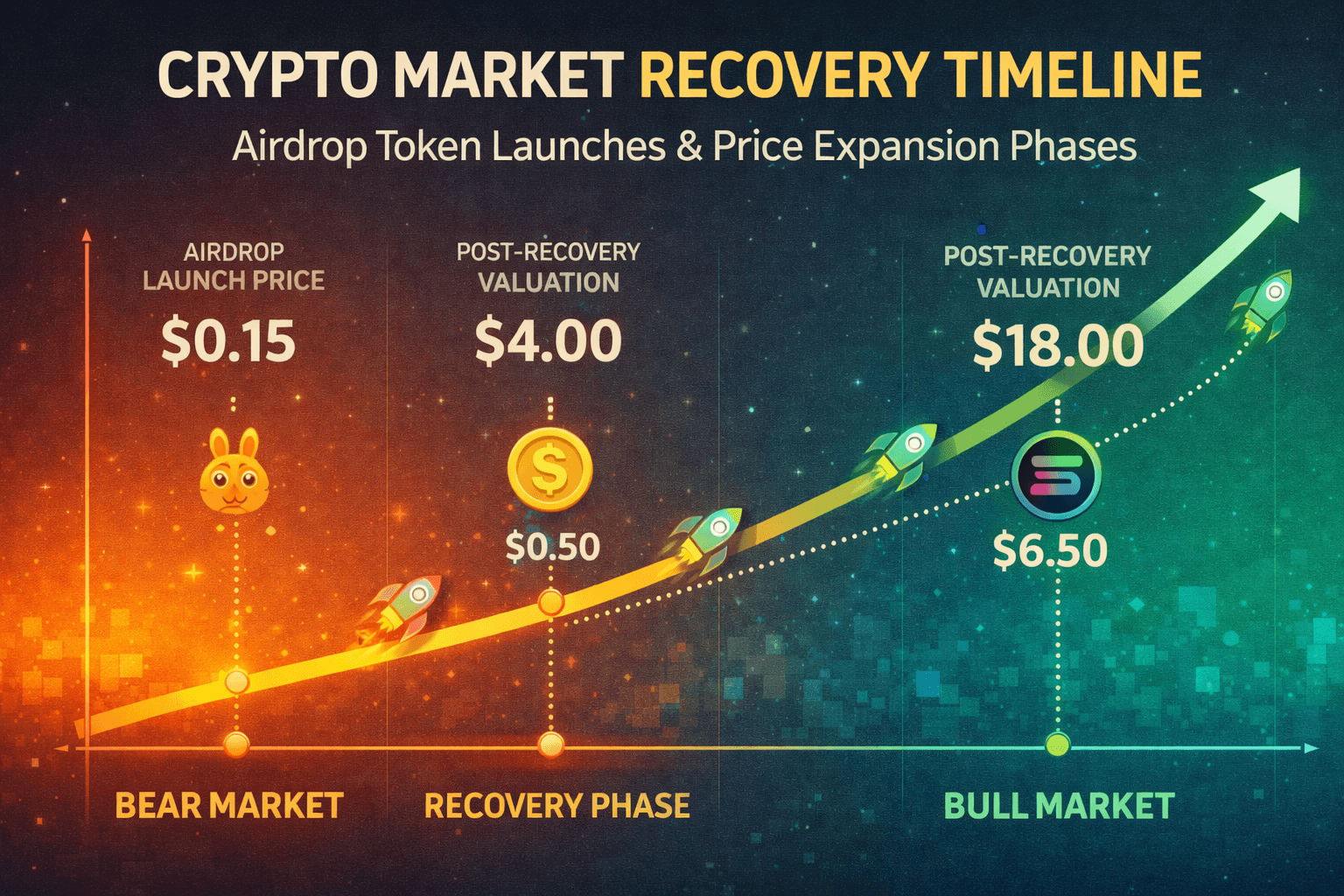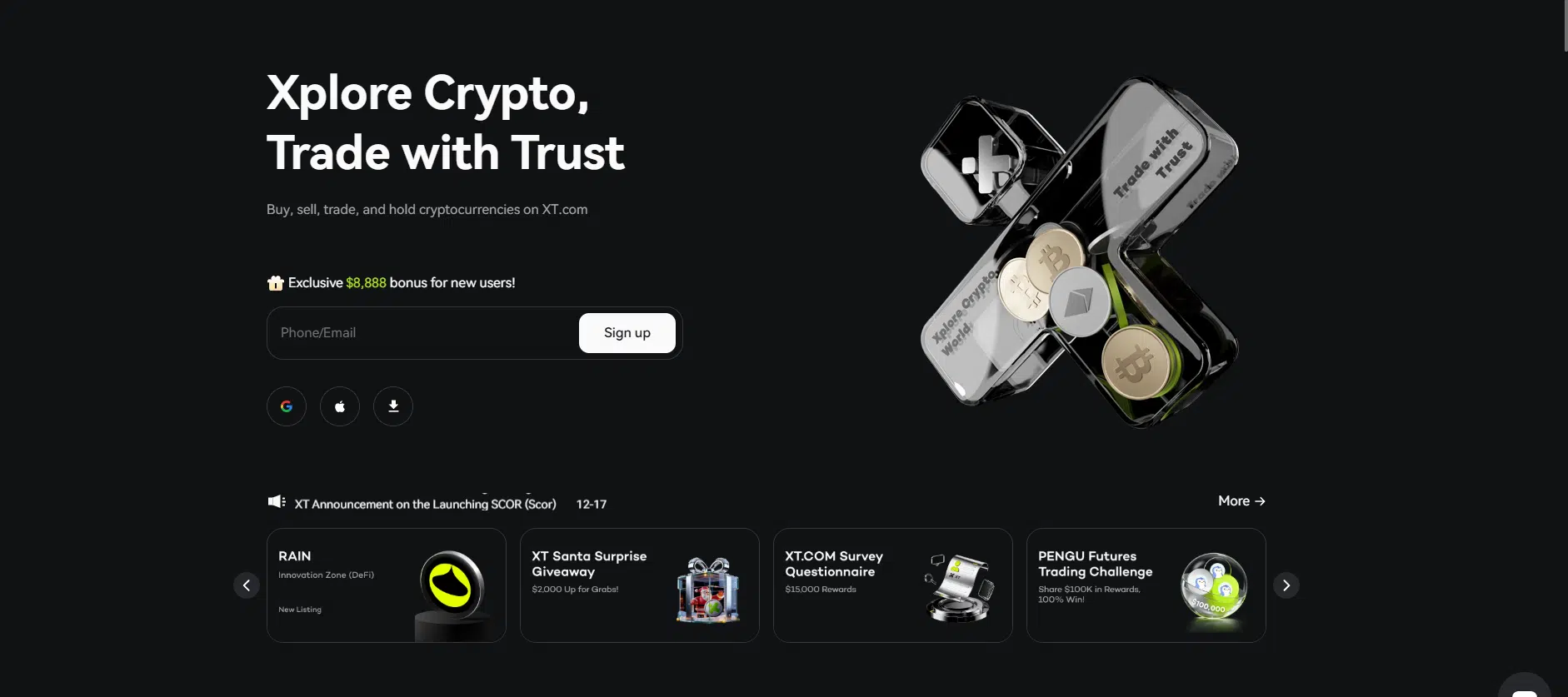Decentralized Physical Infrastructure Networks (DePIN): The Future of Blockchain and AI
Decentralized Physical Infrastructure Networks (DePIN) are emerging as a significant trend in the blockchain world, integrating blockchain technology with physical infrastructure like wireless networks and computing resources. Projects like Helium and Render are leading the charge, creating new opportunities for innovation and growth. This blog explores the rise of DePIN, its current developments, future prospects, and its potential impact on AI applications.
Introduction
The integration of blockchain with physical infrastructure marks a revolutionary shift in how we think about and utilize both technologies. Decentralized Physical Infrastructure Networks (DePIN) are at the forefront of this movement, offering secure, scalable, and efficient solutions. This guide delves into the key aspects of DePIN, highlighting notable projects and their implications for the future.
What are Decentralized Physical Infrastructure Networks (DePIN)?
DePINs are networks that combine blockchain technology with physical infrastructure components. This integration allows for decentralized management and utilization of physical resources, enhancing efficiency, security, and scalability. Key examples include wireless networks, data storage, and computing resources.
Key Projects in DePIN
Helium
Helium is a decentralized wireless network that provides low-power, wide-area network (LoRaWAN) coverage for IoT devices. By incentivizing individuals to operate network nodes, Helium creates a robust and decentralized wireless network.
Render Network
Render Network leverages blockchain to provide decentralized rendering solutions for CGI artists. By utilizing idle GPU power, Render Network offers cost-effective and scalable rendering services.

The Importance of DePIN
- Enhanced Security: Blockchain provides a secure and immutable ledger for managing physical infrastructure, reducing the risk of tampering and fraud.
- Scalability: Decentralized management allows for scalable solutions, as new resources can be added without the need for centralized control.
- Cost Efficiency: By utilizing existing resources and incentivizing participation, DePINs can reduce costs associated with traditional infrastructure management.
- Compatibility with AI: The data generated and managed by DePINs can be seamlessly integrated with AI applications, providing valuable insights and enhancing AI functionalities.
Current Developments in DePIN
The DePIN landscape is rapidly evolving, with several key developments:
- Expansion of Coverage: Projects like Helium are continuously expanding their network coverage, making decentralized wireless networks more accessible.
- Innovative Use Cases: Render Network is exploring new use cases in the entertainment and gaming industries, demonstrating the versatility of decentralized rendering.
- Collaborations: Partnerships between DePIN projects and AI companies are becoming more common, highlighting the synergies between these technologies.
Future Prospects
The future of DePIN is bright, with several promising trends:
- Increased Adoption: As the benefits of DePIN become more apparent, adoption is expected to grow across various industries, from IoT to entertainment.
- Technological Advancements: Ongoing research and development will lead to more advanced and efficient DePIN solutions, further enhancing their capabilities.
- Regulatory Support: As governments recognize the potential of DePIN, regulatory frameworks will likely evolve to support their development and deployment.
Bullish Price Targets for DePIN Projects
Given the potential of DePIN projects, many analysts are bullish on their future price prospects:
- Helium (HNT): With its expanding network and growing use cases, Helium is expected to see significant price growth as it continues to disrupt the wireless network industry.
- Render Token (RNDR): As demand for decentralized rendering services increases, Render Token is poised for substantial price appreciation.
Conclusion
Decentralized Physical Infrastructure Networks (DePIN) represent a transformative trend in the blockchain and AI space. By integrating blockchain with physical infrastructure, projects like Helium and Render are creating innovative solutions that enhance security, scalability, and efficiency. As DePIN continues to evolve, its impact on various industries, particularly AI applications, will be profound.
To buy and sell tokens from these innovative projects, you can use Bybit, a popular cryptocurrency exchange. By using our special link, you can receive a deposit bonus of up to $30,000! Sign Up on Bybit.
Get more informations about the other Top Cryptocurrencies!
Stay Updated
For the latest airdrops and crypto news, follow us on:

















